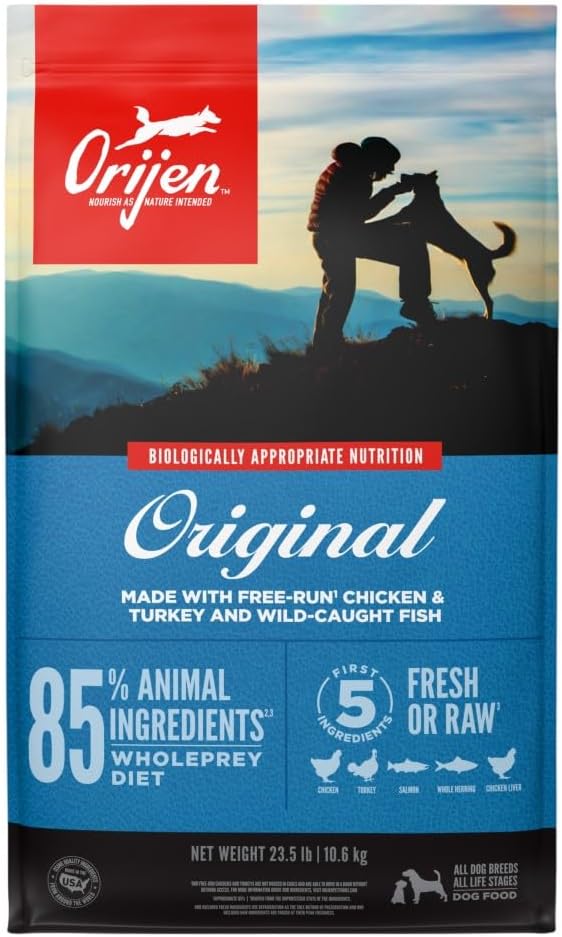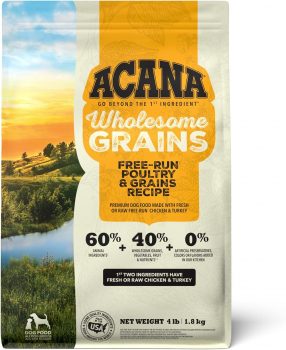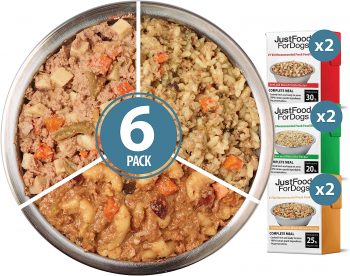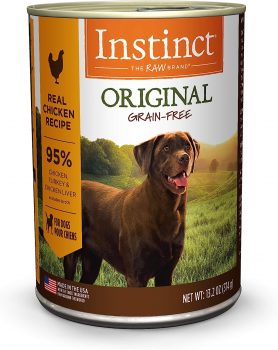The Chinese Crested dog is a breed that captures hearts not only with their unique appearance but also with their charming personality. Despite their small size, Chinese Cresteds have specific dietary needs that are crucial for maintaining their health, energy, and the quality of their skin and coat. Determining the right amount of food for a Chinese Crested is essential and depends on various factors, including the dog’s age, weight, activity level, and the type of food you’re feeding. This article will guide you through understanding how much to feed your Chinese Crested and the estimated costs of their dietary needs.
1. Nutritional Requirements of Chinese Cresteds
Chinese Cresteds have unique dietary needs that are important to consider. They require a well-balanced diet rich in proteins, fats, and carbohydrates, as well as vitamins and minerals to support their overall health, particularly their skin and dental health, which can be a concern for this breed.
2. Assessing Your Dog’s Dietary Needs
The amount of food a Chinese Crested needs can vary widely based on individual factors. A typical adult Chinese Crested will need somewhere between 250-400 calories per day, but this can change with the dog’s metabolism, age, and activity level. It’s important to evaluate these factors to determine the right caloric intake.
3. Feeding Puppies, Adults, and Senior Dogs
Chinese Crested puppies, adults, and seniors have different dietary needs. Puppies require more frequent feeding of specially formulated food for growth, adults generally need two meals a day for maintenance, and seniors may need adjustments for lower calorie requirements due to reduced activity levels.
4. Understanding Food Types and Caloric Density
The type of food you choose (kibble, wet food, raw diet, or homemade) will greatly affect the amount you need to feed. Kibble is often more calorie-dense than wet food, so you may feed less volume-wise. It is crucial to read the nutritional label for calorie content and consult with a vet to ensure the food meets your dog’s nutritional needs.
5. Portion Sizes and Measuring Food
Proper portion sizes are vital to prevent over or underfeeding. Use a standard measuring cup and closely follow the feeding guide on the food’s packaging, adjusting as necessary based on your dog’s condition and vet recommendations.
6. The Role of Activity Level in Determining Food Quantity
An active Chinese Crested will require more calories than a sedentary one. Monitor your dog’s activity level and adjust their food intake accordingly to maintain a healthy weight.
7. Managing Weight with Proper Feeding
Obesity can be a concern, even with small breeds like the Chinese Crested. It’s important to manage weight by providing a balanced diet and regular exercise. Regular check-ups with the vet can help in maintaining an ideal weight for your dog.
8. Treats and Supplements in the Diet
While treats can be a good training aid, they should only make up a small percentage of your dog’s diet to prevent weight gain and nutrient imbalance. Supplements might be necessary for some dogs with specific health needs but consult with a veterinarian before adding any to your dog’s diet.
9. Special Considerations for the Hairless Variety
The hairless variety of Chinese Cresteds can have more sensitive skin and may benefit from certain dietary fats that help maintain skin health. This may require tailored nutrition plans to cater to their needs.
10. Monthly Cost Estimates for Feeding a Chinese Crested
On average, feeding a Chinese Crested can cost anywhere from $20 to $40 per month, depending on the brand and type of food you choose. This estimate can vary based on your dog’s specific calorie requirements and any additional treats or supplements.
11. Quality of Food vs. Long-term Health Costs
Investing in high-quality dog food can have a positive impact on your Chinese Crested’s long-term health. Better quality food can lead to fewer health problems and potentially lower veterinary costs over your dog’s lifetime.
Our 5 Top Foods for Chinese Cresteds
The diets were selected by our founder Justin Palmer, a certified canine nutrition expert, specifically with Chinese Cresteds in mind:
| Food | Pros | Cons |
|---|---|---|
|
|
|
|

Check Today's Price on: |
|
|

Check Today's Price on: |
|
|

Check Today's Price on: |
|
|

Check Today's Price on: |
|
|
Conclusion
Feeding your Chinese Crested the right amount of food is a key component of their overall care. It’s not just about the quantity but also the quality of the food and its alignment with your dog’s unique needs. By understanding the factors that influence dietary requirements and the costs associated with feeding your pet, you can ensure your Chinese Crested stays healthy, active, and content throughout all stages of life.
Frequently Asked Questions About Feeding a Chinese Crested

1. What is the ideal daily calorie intake for a Chinese Crested?
An adult Chinese Crested typically requires between 250 to 400 calories per day, depending on their activity level and metabolic rate. Puppies will need more due to their growth needs, and seniors may need fewer calories. Always adjust the amount based on the dog’s individual needs and consult with your veterinarian for a personalized feeding plan.
2. How often should I feed my Chinese Crested?
It’s recommended to feed adult Chinese Cresteds twice a day. Puppies under six months old should be fed three to four times a day to support their rapid growth. Seniors may continue with twice daily feeding unless advised differently by a vet, based on health conditions.
3. Can Chinese Cresteds eat human food?
While Chinese Cresteds can eat some human foods as occasional treats, it is important to avoid foods that are toxic to dogs, such as chocolate, onions, and grapes. Always introduce new foods in small amounts to monitor for any allergic reactions or digestive issues.
4. What kind of food is best for Chinese Cresteds with sensitive skin?
For Chinese Cresteds with sensitive skin, especially the hairless variety, diets rich in essential fatty acids like omega-3 and omega-6 can help maintain healthy skin. Hypoallergenic or limited-ingredient diets may be beneficial, but it’s best to consult with a vet for a tailored diet plan.
5. How do I know if I’m overfeeding my Chinese Crested?
Signs of overfeeding include weight gain, difficulty in feeling the ribs under a layer of fat, and a lack of a defined waist. If you suspect your Chinese Crested is overweight, consult with a vet to create a weight reduction plan.
6. What should I do if my Chinese Crested is a picky eater?
If your Chinese Crested is picky with food, ensure there is no underlying health issue first. You can then try to enhance the food’s palatability by warming it up, adding a topper, or switching to a different flavor or brand. However, it’s important to make changes gradually and not to switch foods too frequently, which can cause digestive issues.
7. Are there any special feeding considerations for a hairless Chinese Crested?
Hairless Chinese Cresteds may benefit from foods that support skin health, such as those with added vitamins and minerals like zinc and vitamin A. Additionally, high-quality proteins can help maintain their lean muscle mass while supporting skin repair.
8. How much water should a Chinese Crested drink daily?
A Chinese Crested should always have access to fresh water. Generally, dogs should drink about one ounce of water per pound of body weight each day. Monitor your dog’s water intake, as it can vary with activity level and environmental temperature.
9. Can I feed my Chinese Crested a grain-free diet?
Grain-free diets are popular, but they’re not necessary for all dogs. If your Chinese Crested has no specific grain allergies, grains can be a healthy part of their diet. Always choose a balanced diet that meets all nutritional needs, and consult with a vet before making significant dietary changes.
10. How much will it cost per month to feed my Chinese Crested?
The monthly cost of feeding a Chinese Crested can vary widely, ranging from $20 to $40 or more. This estimate depends on the type of food you’re buying (premium brands will be more expensive), how much your dog eats, and any additional treats or supplements included in their diet.
 Check Today's Price on:
Check Today's Price on: Toledo, United States.
Toledo, United States.